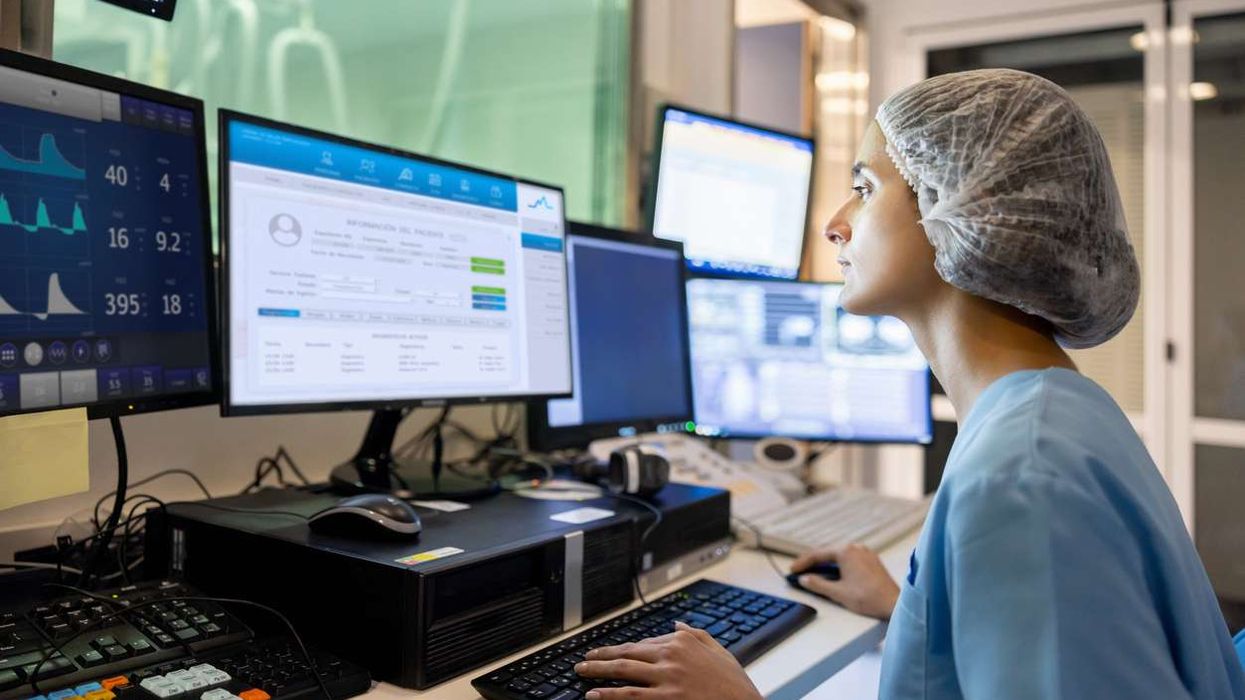In today’s healthcare landscape, the ability to translate laboratory data into meaningful clinical decisions is more critical than ever. Laboratories generate vast amounts of information daily, but without the proper tools and processes, much of this data remains underutilized. Transforming raw lab results into actionable insights is essential for improving patient outcomes, streamlining workflows, and supporting evidence-based medicine. So, how do you do this?
Streamlining Workflow with a Laboratory Information System
A Laboratory Information System (LIS) is central to transforming lab data into actionable care. An LIS provides a digital backbone for managing samples, tracking tests, and generating reports. Beyond organization, it allows for real-time data access and seamless communication between laboratory teams and clinical staff. This immediate visibility ensures that physicians receive the information they need promptly, enabling quicker diagnoses and more responsive treatment plans. Furthermore, an LIS supports compliance with regulatory standards, maintaining data integrity and patient safety across the organization.
The Challenge of Laboratory Data Overload
Modern laboratories are equipped with sophisticated instruments capable of producing thousands of results each day. While this technological advancement has improved diagnostic precision, it also creates a challenge: managing and interpreting an overwhelming volume of data. Without organized systems in place, critical results may be delayed or overlooked, potentially impacting patient care. Clinicians require timely access to accurate and relevant information to make informed decisions, making data management a cornerstone of effective healthcare delivery.
Leveraging Technology for Data Management
A laboratory’s ability to convert data into actionable insights depends on robust technological infrastructure. Advanced software solutions, particularly laboratory information systems, play a pivotal role in organizing, storing, and analyzing lab results. These systems ensure that data is not only collected efficiently but also integrated into the broader patient care process. By automating routine tasks and flagging critical values, technology reduces the risk of human error and allows laboratory professionals to focus on higher-value activities such as quality control and result interpretation.
Turning Data Into Clinical Insights
Raw laboratory data alone is not sufficient to guide patient care. Interpretation is key. Modern systems incorporate decision support tools that analyze results in the context of patient history, previous lab values, and population health trends. For example, an LIS can flag abnormal results, suggest follow-up testing, or highlight patterns indicative of chronic conditions. These insights help clinicians prioritize interventions and develop personalized care plans, ensuring that patients receive timely and appropriate treatment.
Enhancing Patient Outcomes
When lab data is effectively translated into actionable information, patient care improves on multiple levels. Early detection of diseases becomes possible, treatment plans can be more precisely targeted, and unnecessary procedures can be avoided. This proactive approach not only enhances patient outcomes but also optimizes resource use within the healthcare system. Patients benefit from faster diagnoses and interventions, while healthcare providers gain confidence in their clinical decisions.
The Future of Data-Driven Patient Care
As healthcare continues to evolve, the integration of laboratory data with other health information systems will become increasingly sophisticated. Artificial intelligence and predictive analytics promise to further enhance the value of lab results, identifying potential health risks before they become critical. The laboratories of the future will not only produce results but also provide actionable insights that guide every aspect of patient care, from prevention to treatment and follow-up.
Conclusion
Transforming laboratory data into actionable patient care requires more than collecting numbers; it demands intelligent systems, timely interpretation, and seamless communication. A laboratory information system is a cornerstone of this process, providing the tools necessary to organize, analyze, and share data efficiently. By leveraging these technologies, healthcare providers can turn complex laboratory results into meaningful insights, ultimately improving patient outcomes and advancing the standard of care.












